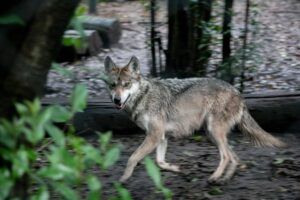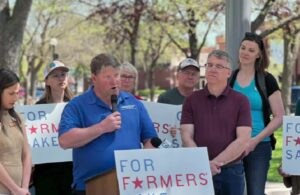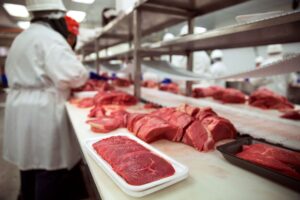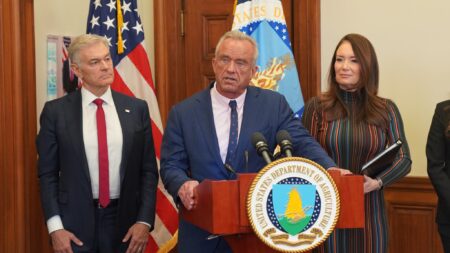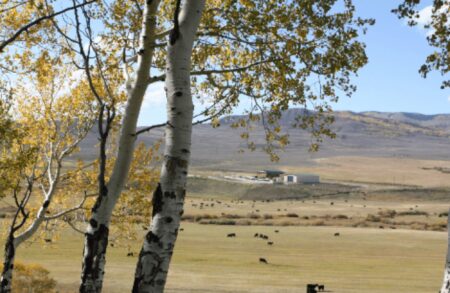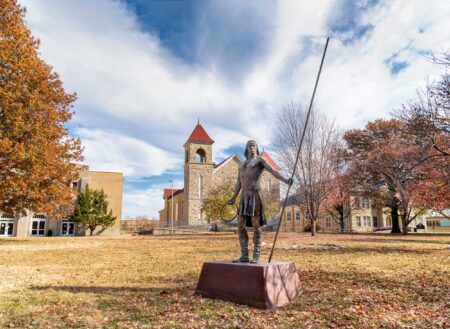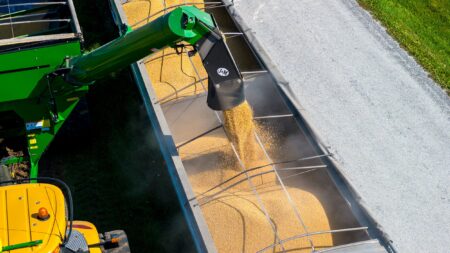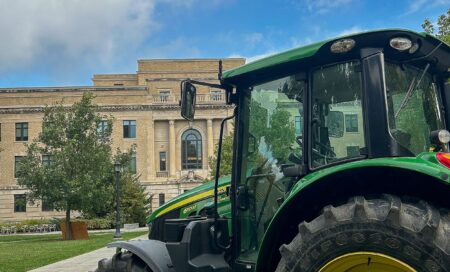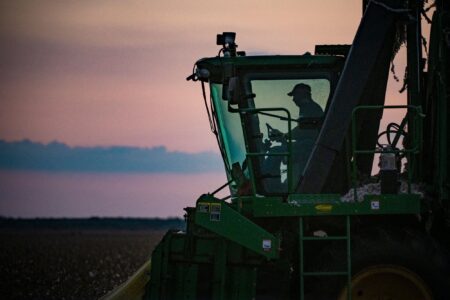I love cattle and livestock conferences — both the educational sessions and the “hall talk,” if you will. Often, they serve as reunions for past college friends and peers in the livestock industry, as well as vacations for busy ranchers who generally don’t have a lot of time for standard island getaways.
Anecdotally, though, it seems most conference attendees these days are Baby Boomers or Generation X (those born, collectively, between 1946 and 1980).
And while they may represent an outsized share of the attendees, it’s likely that means there is a younger generation from the family farm or ranch at home keeping things going.
This has always intrigued me and forced me to ask: When does the generation taking over the ranch earn the chance to gain knowledge at a conference like CattleCon or a state livestock association convention? Undoubtedly, these younger producers will be making all the decisions in 10 to 20 years, but what kind of industry knowledge are they equipped with to do so? Would they not also benefit from hearing market insights from CattleFax executives and animal health breakthroughs from animal science researchers?
This serves as a prime example of the need for social and economic ranch sustainability efforts. On my social media platforms and in other articles, you’ll often see me discussing environmental sustainability on the ranch through rotational grazing, water management, and soil health.
But the social and economic pillars — the people side of sustainability — can easily move down the priority list.
Social sustainability addresses issues like equality and opportunities for all owners and stakeholders on an operation. While those are easy to pinpoint in an urban-centered business, what might those efforts and initiatives look like on a farm or ranch?
Similarly, an economic tenet of sustainability is investing in employee development or educational opportunities for the betterment of the business, as well as having a succession plan in place. All these pillars necessitate cooperation and communication between all owners, stakeholders, and employees on the ranch.
Risk management, specifically Livestock Risk Protection (LRP), is a big topic right now and rightfully so. Risk management for producers is an important financial tool that can also be a big component of business sustainability. However, it’s rarely black and white. Knowing when to lock in floor prices and how much protection is needed is equal parts art and science.
While these decisions may not be everyone’s favorite, they are crucial for all operation stakeholders to understand. Encouraging, or even mandating, business partners to attend a seminar or webinar about how to use LRP is a step to financial acuity and can help strengthen and improve the operation’s longevity.
Desirable and fair working conditions and meaningful investment in community relationships are also cornerstones of any successful business. In agriculture, that community is often the family itself, and I believe the well-being of the family must take precedence over the business. I know that some may scoff at that mindset and call me a sissy, but I will never waiver in my opinion that people are more important than parcels (of land).
Yet, too often, succession efforts falter because the needs of the operation — a business built on soil, livestock, and infrastructure — are placed above the needs of the people who keep the business humming. It’s not uncommon for tempers and emotions to flare and the conversations halt. When emotions are disregarded or communication breaks down, families can fracture, leaving lasting damage.
Generational transfer brings unique challenges, as each age group carries different experiences shaped by the economic, cultural, and social climate of its formative years. Work-life balance, for example, is more widely valued and embraced by Millennials and younger generations, but this outlook may not always align with the philosophies of the current owners and managers. This is not a matter of right or wrong, but rather an acknowledgment that evolving perspectives inevitably shape how individuals view both work and life.
According to the State of the Beef Industry report, 57 percent of producers expect to add a new family member or partner to the business. And this serves the question, “How smooth will the transition be and how will it affect ranch profitability and longevity?”
As the next generation of agriculture enthusiasts prepares to transition into leadership, whether on the family operation or as a business partner, my hope is it’s smooth and mostly painless transition. Too often, transfer conversations are painful and bring up tough emotions, so they are pushed aside and ignored until it’s too late to set the ranch, or the next management team, up for success.
We’re on the cusp of the largest land transfer of modern agriculture as the U.S. Department of Agriculture predicts that 70 percent of U.S. farmland will change hands in the next 15 to 20 years. Without preparation, communication, and collaboration between all parties, we as an industry stand to take a monumental hit. Don’t put off the planning meetings and hopefully you won’t end up pining for “the good ole days.”
Brandi Buzzard is a rancher, speaker and pioneer for modern and sustainable agriculture who blends authenticity and wit to spark ideas and innovation. She can most often be found horseback in southeast Kansas or on Facebook, Instagram or AcresTV.


